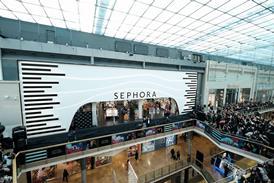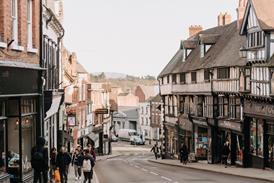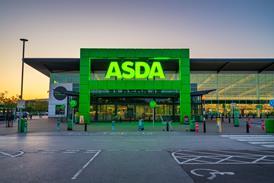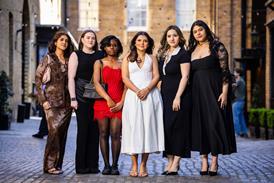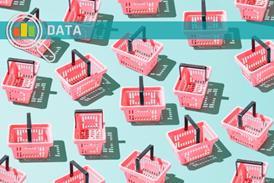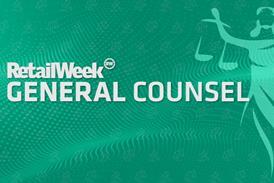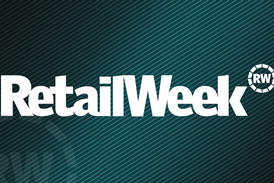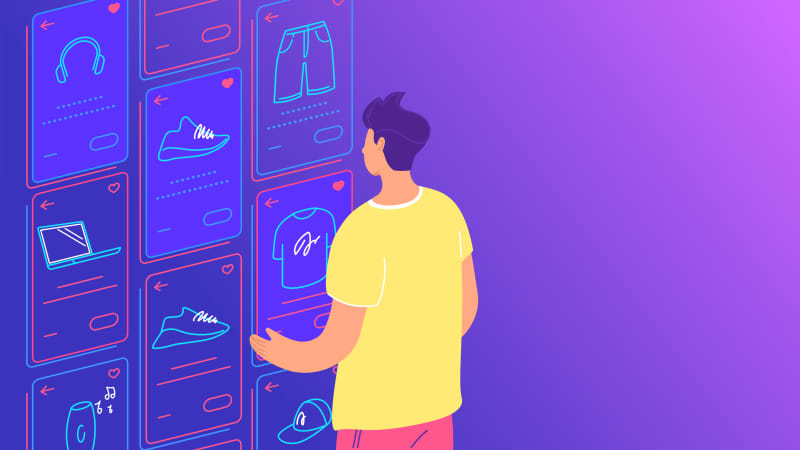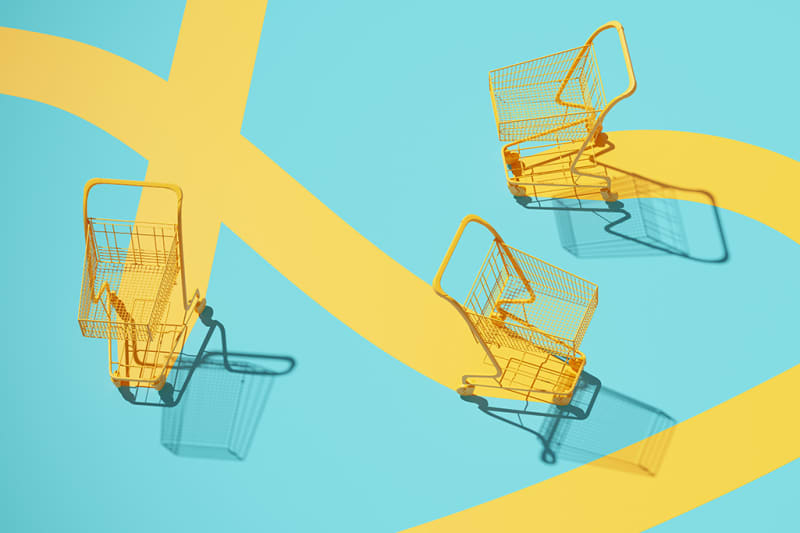Digital marketing’s new rules: Inside Asos, New Look and Urban Decay’s social strategies
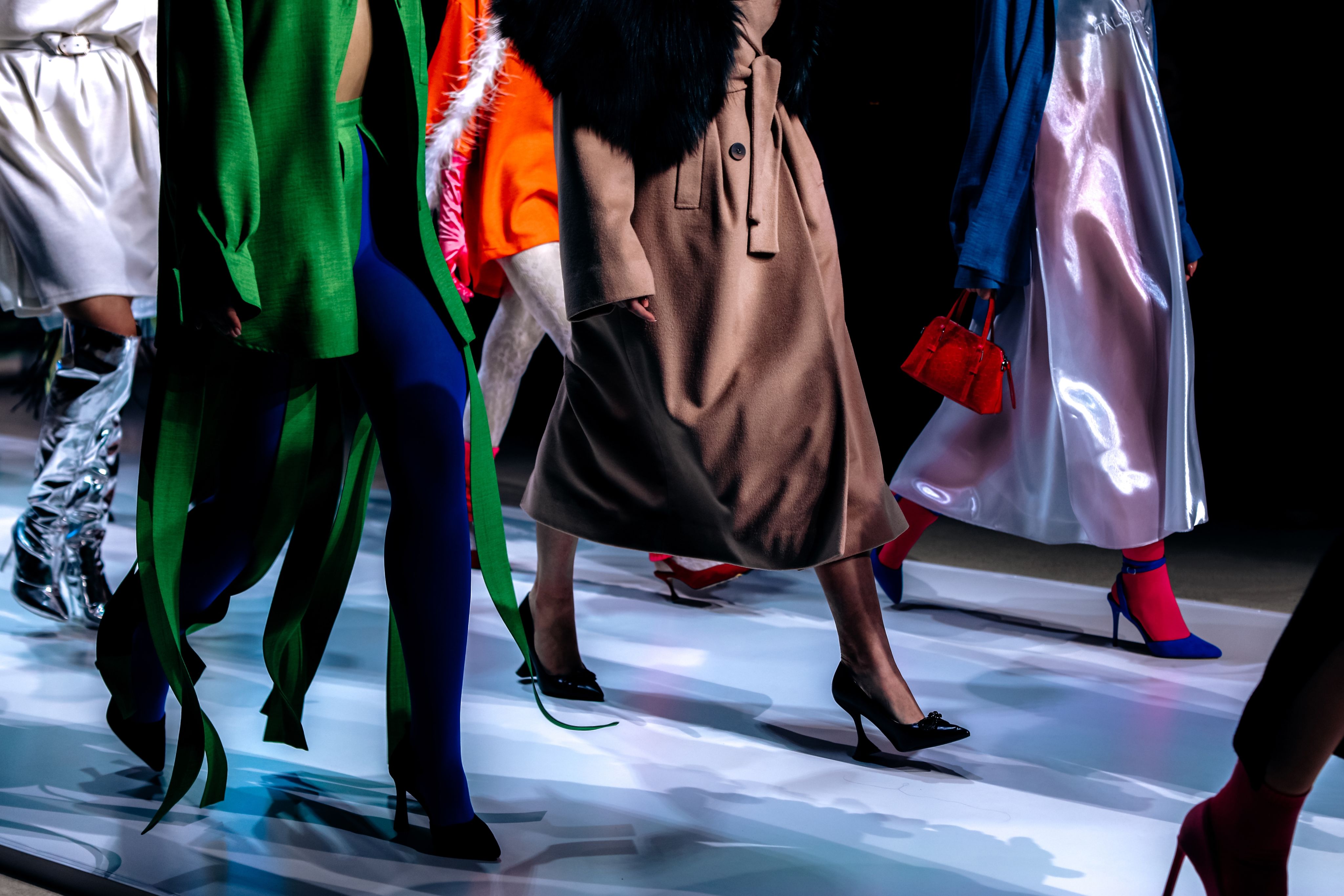
Influencers, UGC, Meta ads and shoppable posts are top of retailer’s social media agendas in 2025 as they seek to build communities and drive, and revive, sales
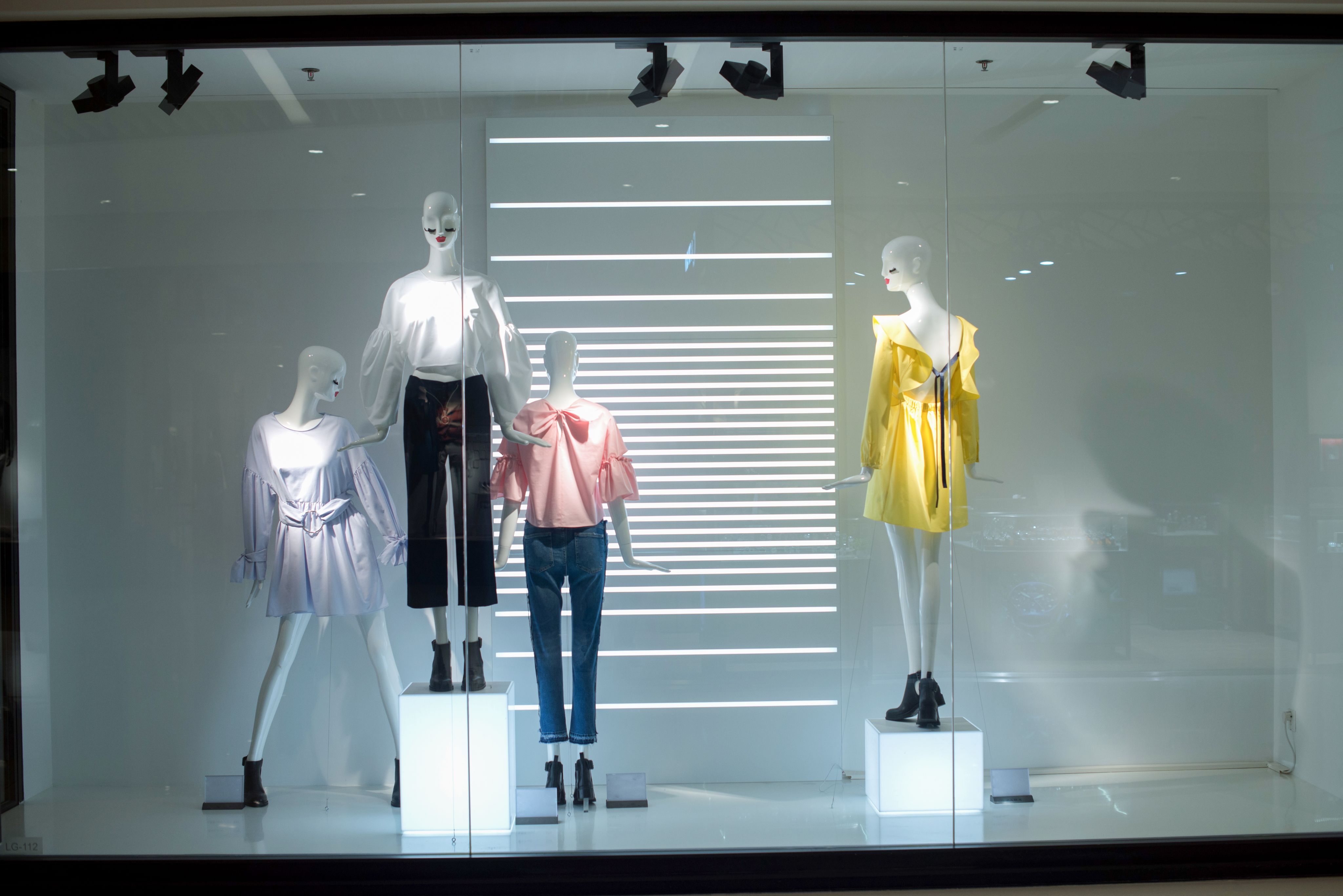
Shoppers have changed the way they browse, share and purchase products, and social media continues to play a pivotal role – which will only become more pertinent this year.
The challenge for retailers lies in understanding which channels their audiences spend time on and how they interact with brands on these platforms, as well as critically examining how to create content that cuts through the noise and fulfils specific goals.
One of the keys to this is utilising social media influencers. Retailers are increasingly learning to identify and leverage the right creators to resonate with their audiences, as well as harnessing the potency of user-generated content (UGC) to amplify messages in an authentic way.
Some of the most interesting and fastest growing social media tactics are explored in this deep-dive article, which is the final piece of content in our six-part series Consumer 2025 – from acquisition to advocacy, produced in partnership with Bloomreach.
Powered by AI, Bloomreach personalises the ecommerce experience, unifying real-time customer and product data across channels so businesses understand what customers really want. The series is designed to analyse how the retail sector will rise to meet the evolving and growing expectations of consumers.
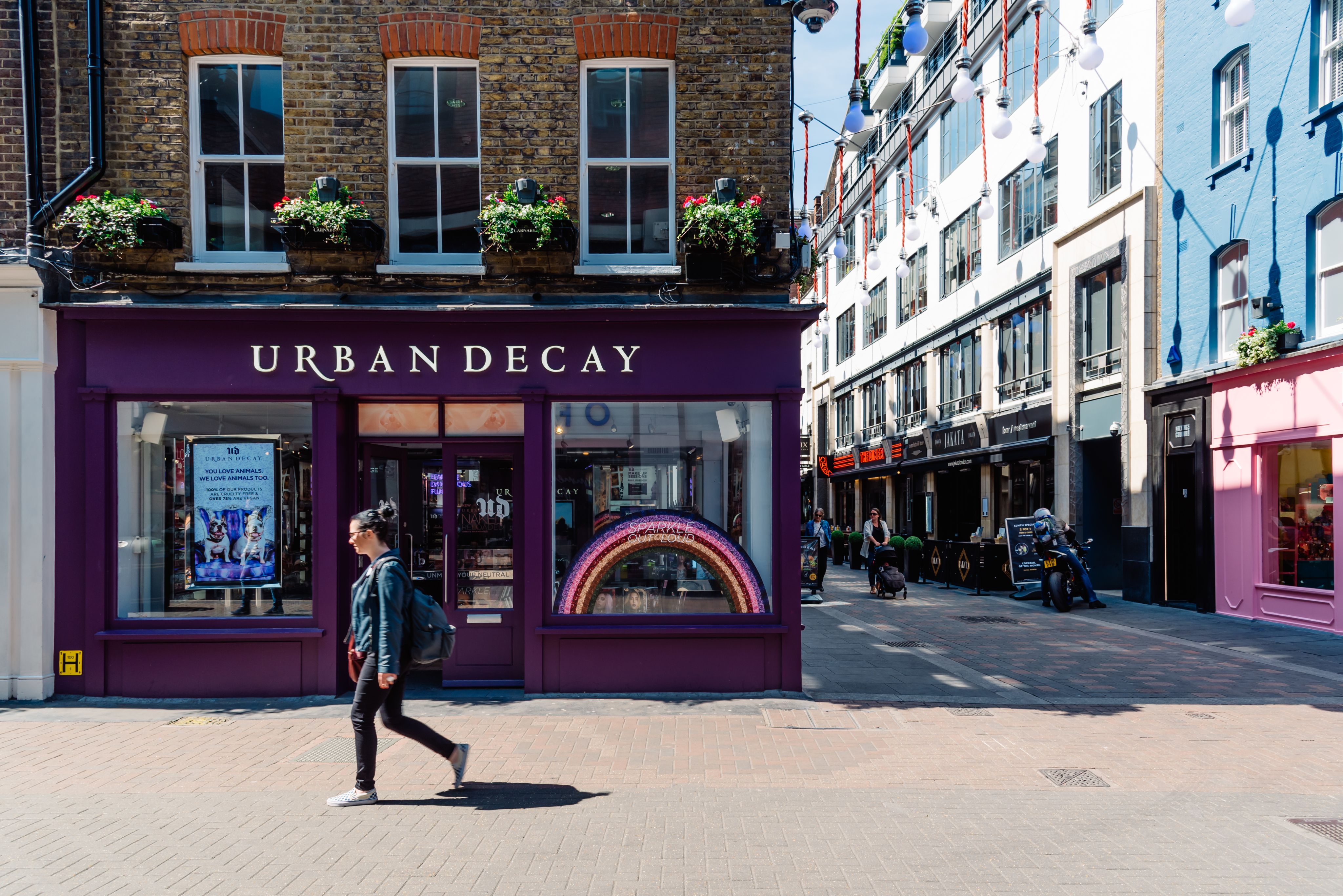
Urban Decay – Mastering meta ads
- In August 2024, the beauty retailer reported revenue of $542,845 (£427,253) with a conversion rate of 2.50%-3.00% and an average order value (AOV) of $50-$75 (£39-£59)
- Parent company, L’Oréal reported strong growth in the first quarter of 2024, with like-for-like growth of +9.4%
- The company’s UK&I Instagram account has 75.7 thousand followers, while internationally it has 1.2 million followers on X, 4.3 million Facebook followers, and 398.8 thousand TikTok followers
Cosmetics brand, Urban Decay – a subsidiary of L’Oreal – was established in 1996 and has become known for make-up products designed for people seeking edgy, bold and unconventional beauty.
With a diverse range of products, from eyeshadows and lipsticks to foundations and primers, Urban Decay has been leveraging its social media channels for lead generation. In particular, using Facebook to drive leads for its 2024 Black Friday Sales.
Working with social media and influencer brand engagement platform Odore, the retailer invited customers to join its lead gen advertising campaign on Facebook, promoting its Black Friday sale. Once the form was crafted, it was automatically forwarded to the retailer’s Facebook Ads Manager, and its marketing agency incorporated the form into the ad campaigns for optimal impact.
For example, the Meta ad was headlined ‘Landing Soon! Black Friday Incoming’, with an image of Urban Decay products spotlit by UFOs. The call to action read ‘Be the first to know’ and invited consumers to ‘sign up’. This took users to a form that invited them to sign up to the retailer’s newsletter for exclusive early access to Black Friday offers and latest news. It was followed by a page to input contact details. This approach also enabled Urban Decay to collect necessary (permitted) customer data.
Urban Decay experienced high engagement rates and reduced acquisition costs during its campaign. This translated into over 4,000 leads generated, 1.4 million impressions and 98% new customers.
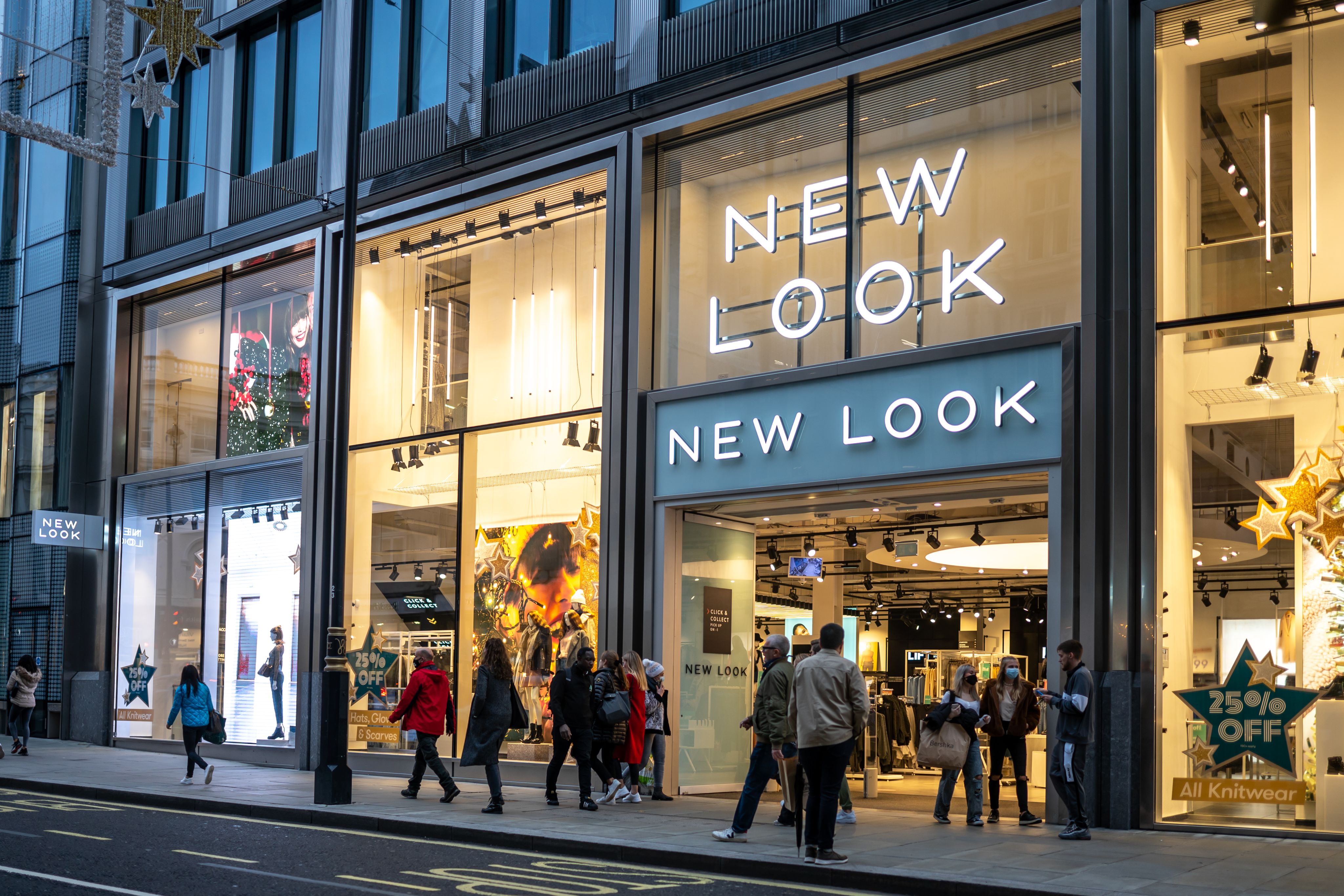
New Look – Building a UGC community
New Look reported a decline in revenue year on year for the 53 weeks to March 30, 2024, from £816.9m to £735.4m as store closures and “tough trading conditions” took a toll. In the same period, sales in the UK also dropped from £609.1m in 2023 to £538.5m as a result of challenging trading conditions and unpredictable weather.
However, its online business remained strong at £217.46m against last year’s figure of £218.98m, suggesting its digital proposition is working. New Look was also the 31st most popular retail website on Black Friday 2024, and 19th in terms of fashion, data from traffic analysis specialist Similarweb reports, showing it remains a popular destination for clothing.
So, how is its social media strategy playing a role in softening the effect on its digital business?
New Look wanted to grow brand awareness by driving higher numbers of UGC from its thousand-strong creator community. To do this, it needed a tool to better scale the passion of its community into word-of-mouth marketing across social media. The retailer also wanted to leverage its community of customers and brand advocates to produce more re-purposable UGC.
New Look partnered with LoudCrowd, an ecommerce solution provider specialising in personalised influencer shoppable store fronts, to build and manage an ambassador programme, aiming to recruit, manage and reward high value creators, and incentivise members to post more UGC on social platforms Instagram and TikTok.
Launched in April 2024, the programme targets valuable nano (typically under 1,000 followers) and micro-influencers (typically between 1,000 and 100,000 followers) to promote the brand, incentivising creators with gift cards in return for content.
To keep the programme engaging, New Look also offers content inspiration in the form of campaigns. This recently included running a summer campaign called “Let’s Go Shopping”, which encouraged creators to show off their New Look summer outfits in their content, including keywords such as ‘summer’, ‘store’ and ‘haul’.
In just four months, the programme has attracted over 3,200 creators, of which over 1,000 have been accepted. New Look has also increased its Instagram UGC by 84.7% and TikTok UGC by 331%, with new creators posting 4x and 11x more on Instagram and TikTok respectively. The programme is now producing 22% of New Look’s total UGC on Instagram and TikTok.
Using the all-in costs of creator incentives, programme members generated content at a cost per mile (CPM) – a paid advertising option where companies pay a price for every 1,000 impressions an ad receives – of $2.36 (£1.88), with New Look’s ambassador programme delivering a return on investment (ROI) of 12.7x.
New Look influencer manager Shannon McGrath says: “We’ve seen a tangible increase in authentic, high-quality content from our customers, which has helped us build stronger connections with our audience.”
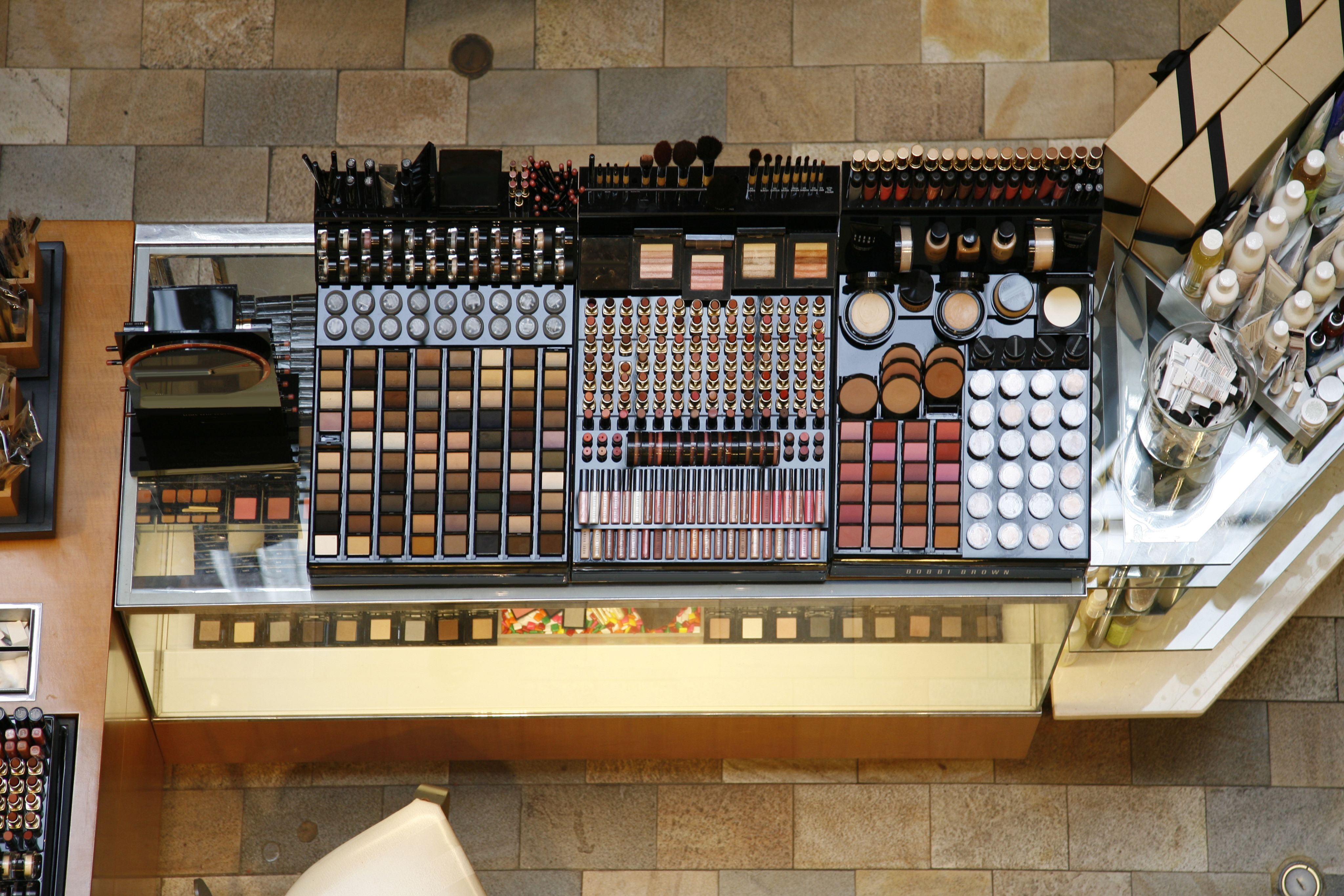
Iconic London
- Jade Elliot started the beauty business in 2015, it was acquired by Bluegem Capital Partners in July 20184
- The brand focuses its digital marketing on UGC
- Iconic London has 148,000 Facebook followers and 1.6 million Instagram followers
Digital-first beauty brand Iconic London has always relied on social media and UGC to grow and connect with their more than 1 million fans. But while the retailer had collected a sizeable amount of UGC, it was looking for an effective way to distribute all this content across digital channels to foster customer relationships and financial growth.
“We’ve been very good at outreach, making people aware of the voice of the brand, but we’re in a competitive industry with a lot of brands with great messaging and fantastic products,” says Iconic London chief marketing officer Eleanor Assa. It needed to find a way to make the social piece work, both in awareness and financially.
Partnering with UGC retail solution provider Bazaarvoice, Iconic London launched social shopping tool, Like2Buy, which helps businesses turn their Instagram pictures and videos into informative, directional or shoppable posts. The retailer also implemented Bazaarvoice Galleries on product pages and their homepage, allowing it to curate and showcase social images and videos at scale.
Sharing UGC in the beauty sphere helps brands tap into the creator economy. Iconic London used insights, such as photo tags gleaned from its UGC collection to spot partnership opportunities with new creators, leading to the output of more authentic content.
“It helps us identify nano influencers and people who are fans of the brand who we might want to work within a larger capacity, which is also exciting,” says Assa.
Shoppers are also engaging with Iconic’s UGC on product pages, home pages and social channels. “By offering UGC, customers have content to engage with, and it means that they can do as much research as they want about us, as a brand and about the products. We’re giving them more ways to engage with us and I think that’s the most exciting part for us,” says Assa.
When Iconic London featured Bazaarvoice Galleries on its homepage and product pages, it saw a 126% lift in conversion rate and an 11% increase in average order value over 12 months. Customers also spent more time browsing UGC and product pages, with a 361% lift in time on site.
“Time on site is a really exciting one for us,” says Lizzie Newell, head of marketing, social and campaigns at Iconic London.
“We were very pleased with that increase because I think that just proves that what we suspected about our audience was right – they like to have a browse, they like to look at people who look a bit like them. And at the same time, they’re looking at multiple images and product pages. Keeping people on site for longer is really important to us.”
Implementing Like2Buy on Instagram was also an effective solution for Iconic London to help boost revenue when Apple’s iOS privacy update in 2021 led to losses for multiple industries. “We plugged it in at a time where we saw Instagram revenue starting to decline slightly due to digital landscape changes, and it more than compensated for that, bringing us back up again, which was really exciting to see,” says Newell.
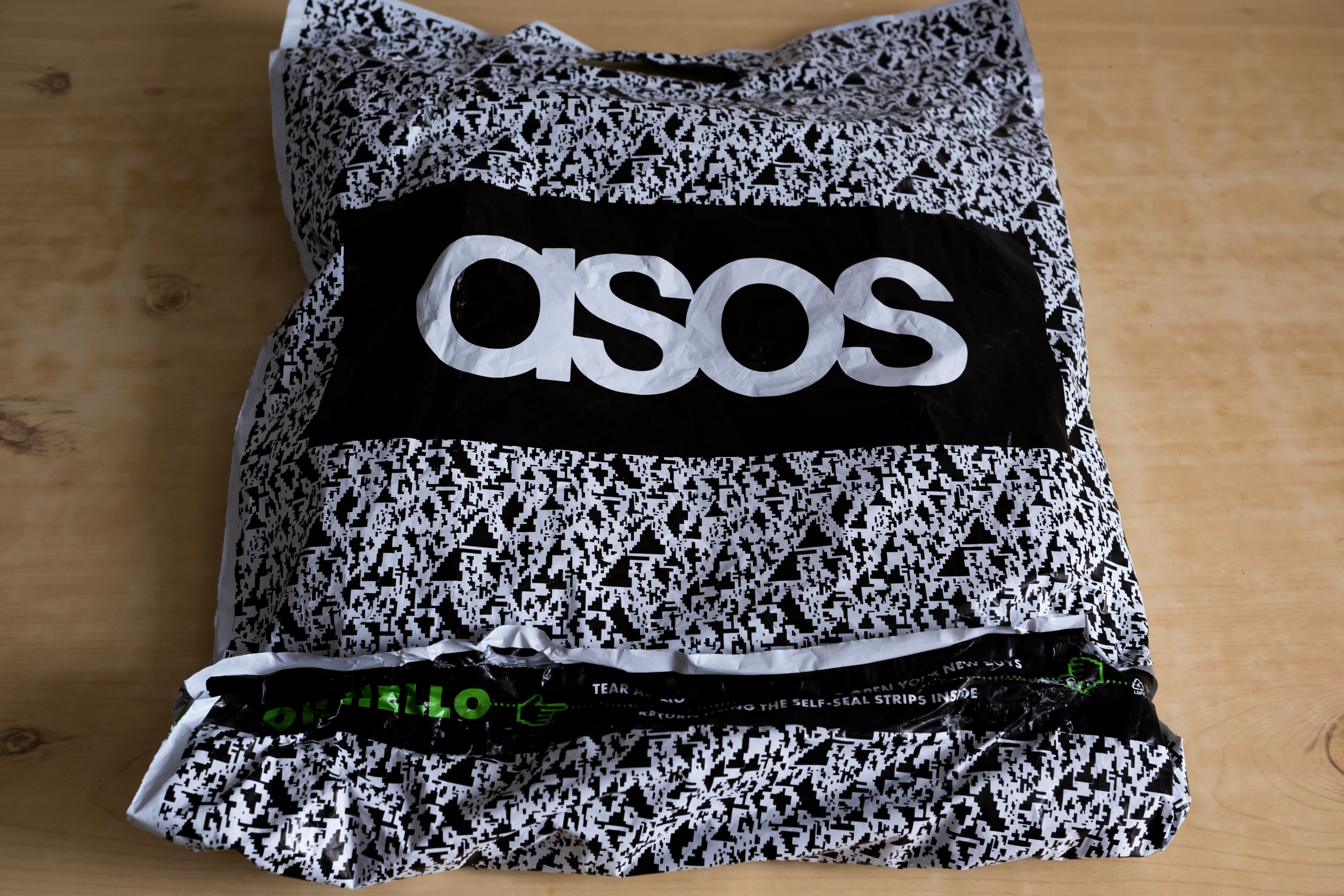
Asos
- Asos generated £3.54bn revenue in 2023, a 9.9% decrease on the year prior
- It posted a £248m operating loss, its largest annual loss
- Asos’ losses widened to £120m in its half year to March 2024
- But Asos has reiterated its full-year guidance of a revenues fall of between 5% to 15% alongside positive adjusted EBITDA
- In December 2023, Facebook and YouTube were the top referrers of social media traffic to Asos, accounting for approximately 14% and 28% of referrals, respectively
- Last year, Asos adopted a full-funnel marketing approach, prioritising brand awareness and discovery at the top of the funnel using a mix of traditional and digital channels, including social media and influencer partnerships
It’s no secret that Asos has had a difficult time of late, with its full-year results showing a fall in both sales and profits. However, the retailer is confident about the outlook. Having just started its financial year, it expects EBITDA to climb by at least 60% to between £130m and £150m. That compares to adjusted EBITDA of £80.1m in the year ended on September 1, 2024, when adjusted group revenue fell 16% to £2.89bn.
For a company that is just getting back on firm footing, having the right social strategy in place is critical.
Owing to its digital roots, social is already an area where the business is strong, and it has been building on this.
In March 2024, Asos launched its ‘Unreal Finds’ campaign featuring influencers Madeleine Argy and AntsLive. The activity was aimed at repositioning the retailer as the go-to destination for style discovery. Its strategy focused on organic and paid social media, leveraging its three content pillars: entertain, educate and inspire.
Targeting fashion-loving 20-somethings, Asos prioritised TikTok and Instagram as key channels for fashion discovery. The campaign highlighted Asos as a hub for trend-led products, through collaborations with content creators and 3D artists. Asos gave the creators full creative direction on briefs, allowing the retailer to bring its Spring/Summer 24 collection to life. For example, one 3D animation on Instagram shows Asos’ gold clutch bag emerging out of a gold bar, as if in liquid form, before solidifying.
The campaign delivered an earned media value (EMV) figure 118% above the Asos benchmark. EMV is a metric used to calculate the worth of publicity gained through promotional efforts that are not paid advertising. The brand says influencers such as Argy drove significant reach and engagement, while engaging with micro-tier creators also led to a notable increase in product sales. This approach allowed Asos to connect directly with its audiences and enhance brand appeal among its fashion-loving audience.
Video views on TikTok were 330% above the Asos benchmark, and Instagram engagements were 233% higher. This made ‘Unreal Finds’ Asos’ most successful campaign across owned and earned media channels.
Roxy Couse, director, community & content marketing, Bloomreach
Amid the buzz and unpredictability surrounding social platforms like TikTok at the beginning of the year, we view 2025 as a chance for brands to diversify their platform strategy instead of concentrating solely on one channel.
Embracing an omnichannel strategy (both on social platforms and owned channels) will allow brands to deepen their connections with shoppers. Social commerce offers a unique way to connect with consumers, especially as their shopping behaviours evolve.
We've seen changes in how shoppers discover products and make purchases. An effective omnichannel marketing strategy will include tactics such as engaging influencers who resonate with your audience and foster a strong affinity for your brand. Today’s consumers are drawn to authenticity, and often the perspective of an influencer is perceived as more credible than that of the brand itself.
Social commerce will only get stronger, which means it's even more critical to meet your shoppers where they are, leave as much information on the page as possible before the click and then guide them and engage in meaningful conversations while they are on your website. The brands that do this well, will win in 2025.
Consumer 2025 – from acquisition to advocacy






